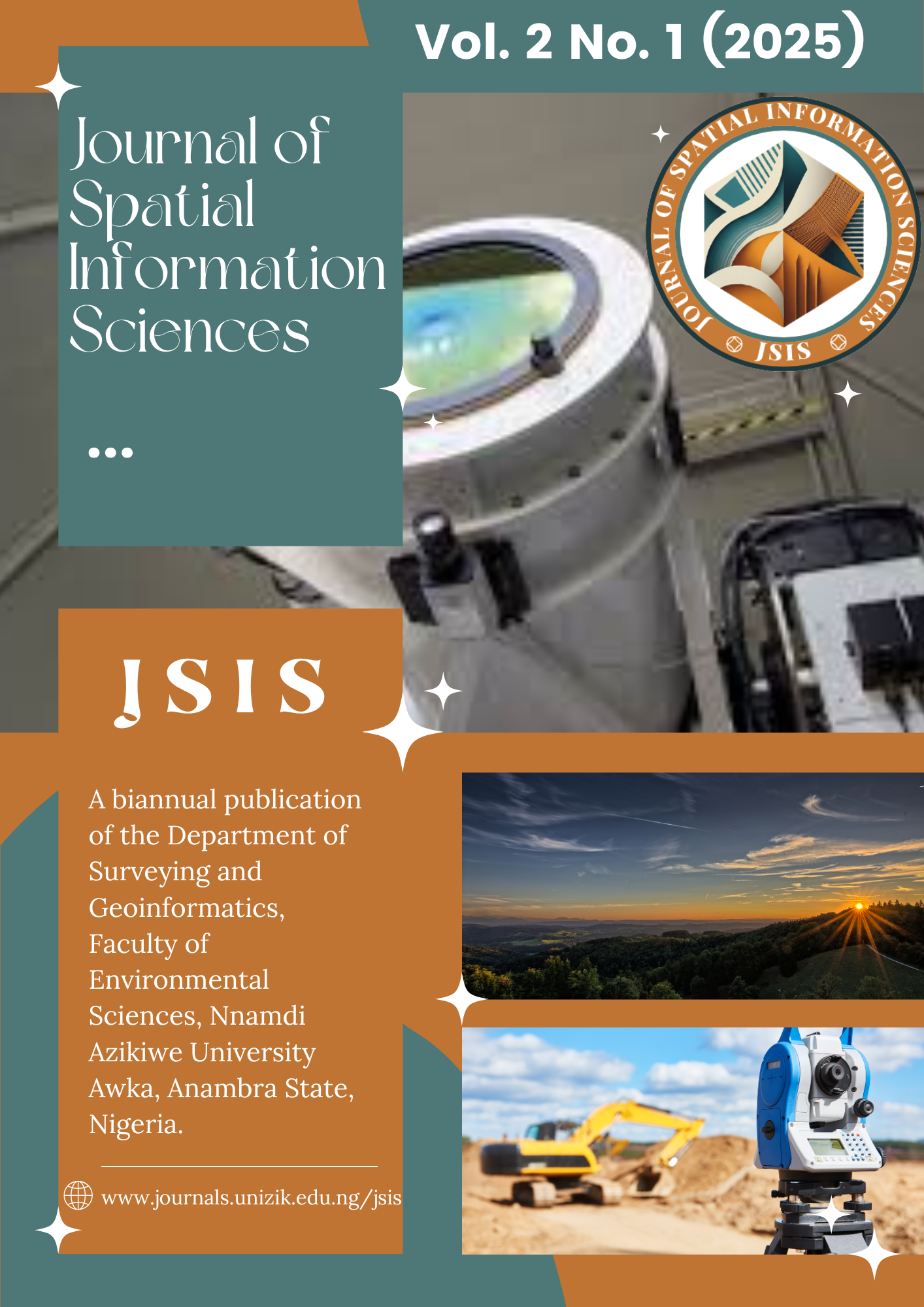Analysing the Causes and Effects of Farmer-Herder Conflict in Benue State, Nigeria
DOI:
https://doi.org/10.5281/zenodo.14809044Keywords:
Farmers, Herders, Conflict, Trend analysis, Geographical information systemAbstract
Over the years, Benue State has witnessed prolonged conflict between farmers and herders. This conflict has affected the coexistence of the two groups. It is therefore necessary to understand the trend and its effects in Benue's state. Detailed information on the spatial distribution and trend of the conflict was provided. The period considered for this study was from 2011–2022. The causes and implications of this phenomenon in the Benue state were examined. Conflict data were sourced from the Armed Conflict Location and Events Data (ACLED) 2022 version to generate the frequencies of conflicts in the study area, and field observations using a questionnaire were used to ascertain the authenticity of the location. Farmers and herders were selected from the three senatorial zones that formed the study population. Two hundred and seventy-nine copies of the questionnaire were administered purposely in vulnerable communities. Contamination of water bodies by cattle, destruction of crops by cattle, grazing of fallow land, and indiscriminate bush burning were the leading causes of these conflicts. At the same time, the displacement of farmers and herders, loss of agricultural products in storage, degradation of farm products, and increased poverty were among the implications of the conflict in the study area. This study highlights the importance of assessing the spatiotemporal distribution of farmers’ herders conflicts in Benue state.
Downloads
Published
Issue
Section
License
Copyright (c) 2025 Journal of Spatial Information Sciences

This work is licensed under a Creative Commons Attribution 4.0 International License.





